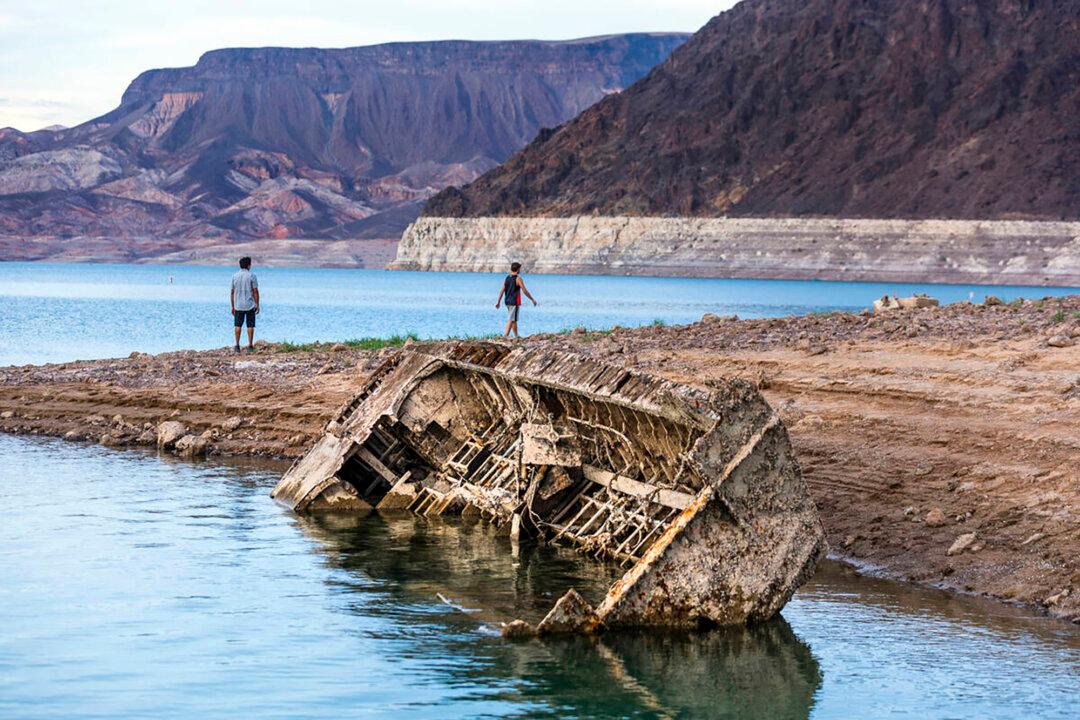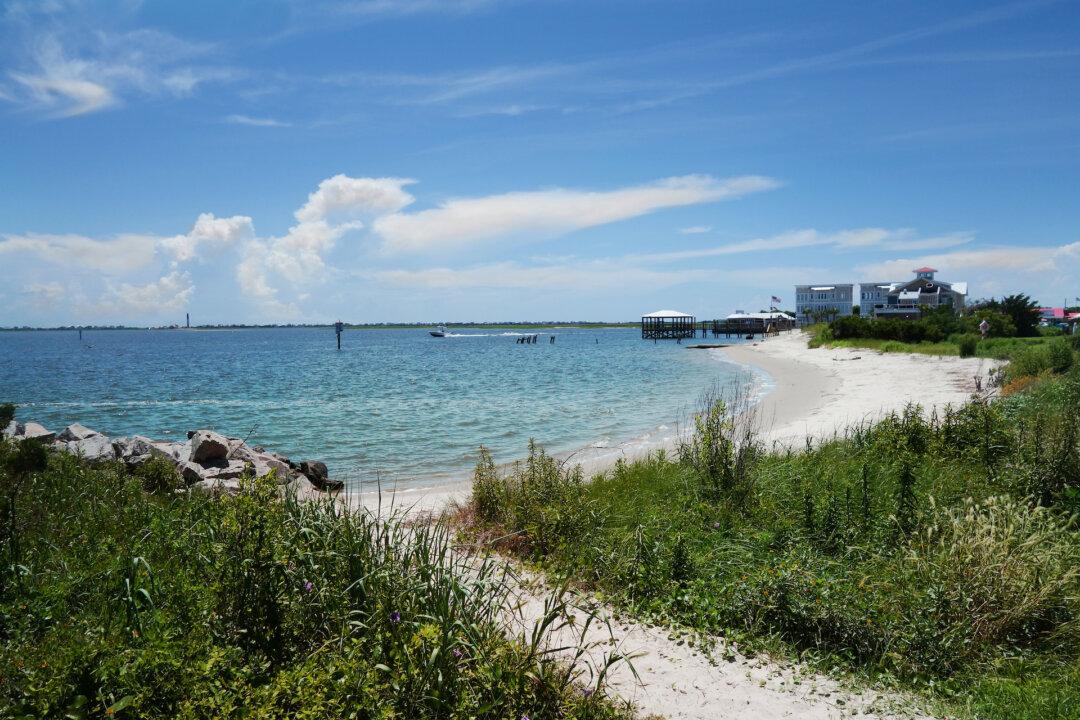Las Vegas—Among the sunken ships and undiscovered bodies at Lake Mead lies a boatload of rich history at one of the West’s most popular outdoor attractions. Lake Mead National Recreation Area is America’s first and largest recreation area, offering swimming, boating, hiking, cycling, camping and fishing.
Here is a list of facts you may not know about Lake Mead, about 30 miles southeast of Las Vegas.
A Lot of Drownings
Between 2006 and 2016, 275 people died at Lake Mead—about 100 more deaths than Yosemite National Park (the next deadliest) and 120 more than Grand Canyon National Park.
Drownings account for the majority of the park’s deaths. The other two most common causes of death are natural causes and motor vehicle crashes.
However, a factor contributing to the park’s high mortality rate is its high visitation rate, with the recreation area receiving around 7 million visitors every year.






